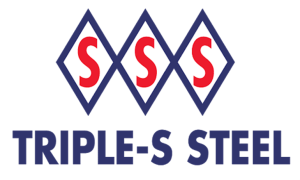
Triple-S closes on American Stainless Tubing buy
Triple-S Steel Holdings has closed on its previously announced acquisition of American Stainless Tubing.

Triple-S Steel Holdings has closed on its previously announced acquisition of American Stainless Tubing.
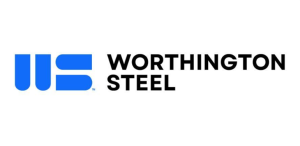
Worthington Steel earnings rose while sales fell in its fiscal fourth quarter.
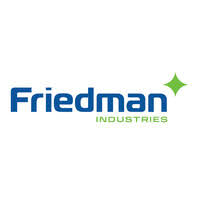
Friedman Industries' earnings increased in its fiscal fourth quarter ended March 31.

The Ohio-based steel processor is now the majority owner of Italy's Sitem Group, which has six manufacturing sites across Italy, Switzerland, Slovakia, and France.
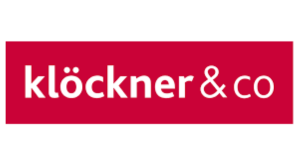
Germany’s Klöckner & Co. reported a narrower loss in the first quarter as the company targets becoming the “leading” service center and metal processing firm in North America and Europe by 2030.
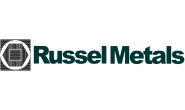
Russel Metals’ earnings slipped in the first quarter, but the company is still eyeing service center acquisitions in the US.
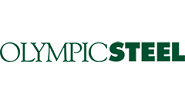
Olympic Steel’s earnings slid in the first quarter as the steel industry faced a “challenging” economic conditions.

Olympic Steel elected Peter J. Scott to its board of directors at its annual meeting on May 2. At the same time, long-time director Michael G. Rippey has retired from the board after 10 years.

Ryerson's net loss shrinks in first quarter.

Worthington Steel is preparing to move its corporate headquarters to the Easton area of Columbus, Ohio.

A factor in the sales was customers buying ahead of tariff-related price increases.
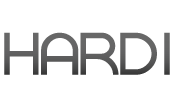
Participants on the HARDI Sheet Metal/Air Handling Council call said underlying demand is solid but there are slower pockets in some markets.

This is the Ohio-based steelmaker’s fourth time winning the award.

Olympic Steel has named Alex Hegler as general manager for its Action Stainless facility in Rock Hill, S.C.

Olympic Steel has opened a new facility in Houston to support its Action Stainless business.

Lower volumes and steel prices dampened Worthington Steel’s profits, but market momentum is building, the metals processor said in its most recent quarterly earnings report.

Demand is up, but tariffs raise concerns

Cleveland-based Olympic Steel Inc. has promoted Scott M. Zito to the newly created role of vice president of business development. Zito has been with the company for more than 40 years.

Worthington Steel confirmed it is closing the Worthington Samuel Coil Processing (WSCP) facility in Cleveland. WSCP is a joint venture between Worthington Steel and Oakville, Ontario-based Samuel, Son & Co.

One buyer summed up the prevailing sentiment: “Everything is pointing up — pricing, sentiment, order activity. But the real test will come once the immediate reactionary buying subsides. Will there be enough true demand to support these levels through mid-year? That’s the big unknown.”

Olympic Steel has seen jobs for line pipe jump in recent weeks as the Trump administration has talked up fossil fuel production, which is good news for hot-rolled coil producers. Meanwhile, tariff talk has lengthened lead times, Olympic executives said.

Ryerson swung to a loss in the fourth quarter, but has seen a turnaround in the last 30 days.

Reliance noted that it is about 95% domestically sourced.

Russel Metals said on Thursday that it doesn’t expect to be directly impacted by US tariffs on Canadian steel. The Mississauga, Ontario-based distributor made the comments in its quarterly earnings report on Thursday. The company doesn’t export significant volumes to the US, it said, and thus doesn’t expect to be directly impacted. However, “The primary […]

Friedman swings to a loss in its fiscal third quarter of 2025.
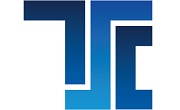
If 2021 and 2022 was the party, 2024 is the morning after, one panelist said.
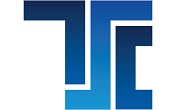
"Personally, I find it very hard to believe that we would be in a trade war with Mexico and Canada for more than a few months at any given time. I don't know how Mexico and Canada could survive that. That's a recession for them. That's a few points off GDP for us - my opinion.”

Olympic Steel Inc. has promoted Brant Harbert to general manager for the company’s three facilities in Bedford Heights and Dover, Ohio.

Denver-based service center Brown Strauss Steel has named Kris Farris as CEO, effective Jan. 1. Farris has also joined the company’s board of directors. He previously served as president and COO of Brown Strauss Steel. Farris is taking over from Ryan Secrist, who held the CEO role since 2013. Secrist is stepping down from position […]

Reflecting on 2024 and looking ahead to the new year, galvanized steel buyers on this month’s HARDI call expressed a mix of cautious optimism with lingering uncertainties.